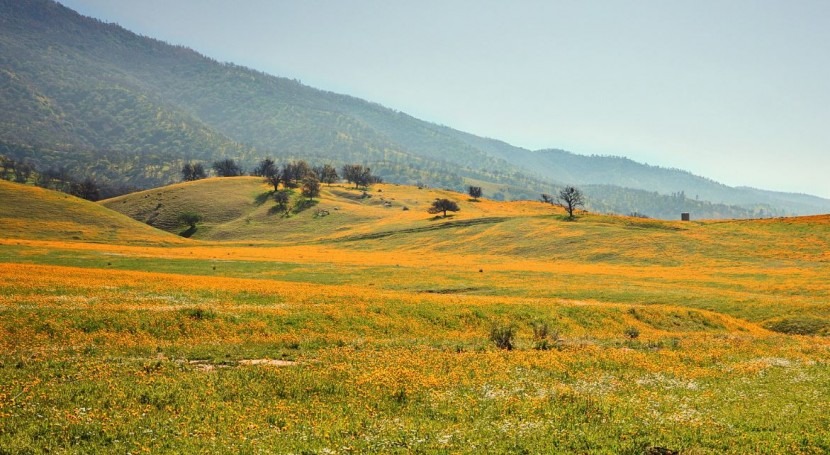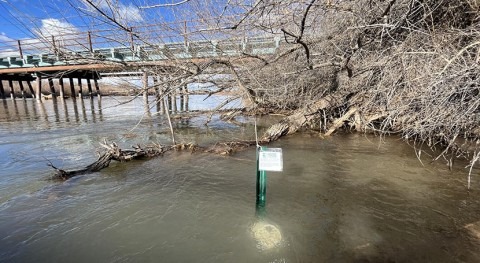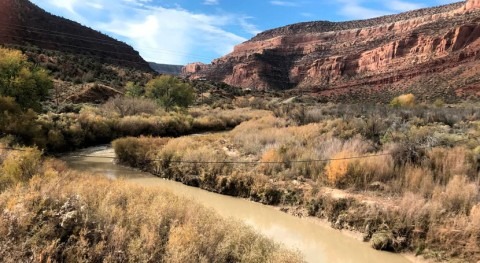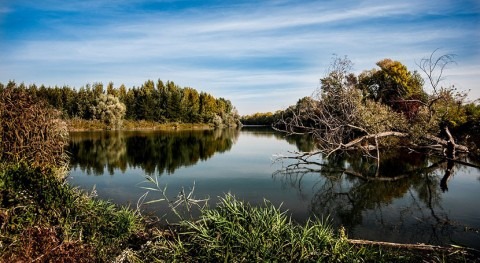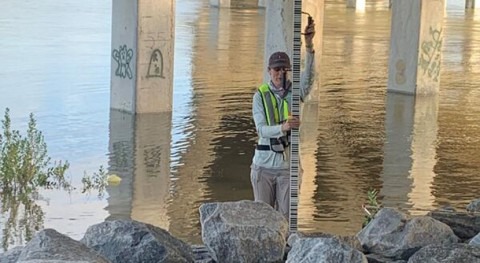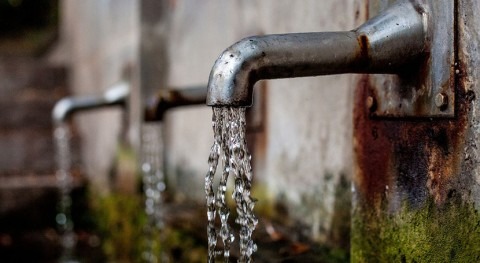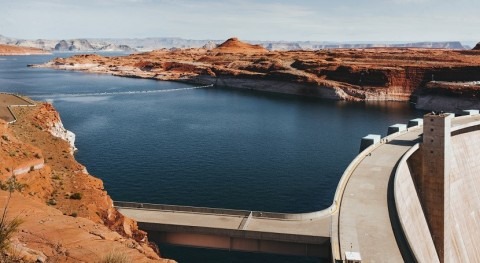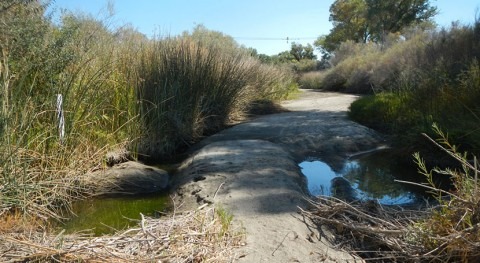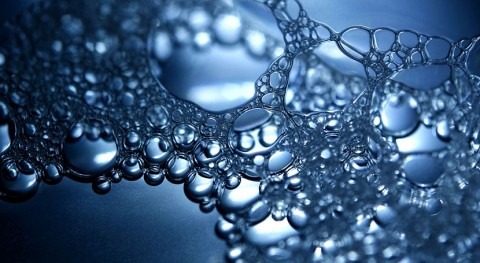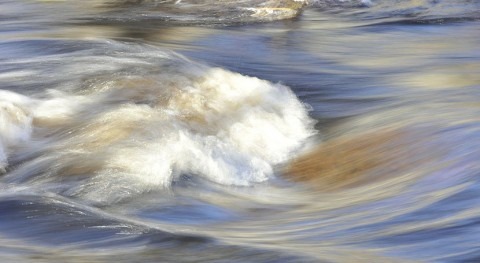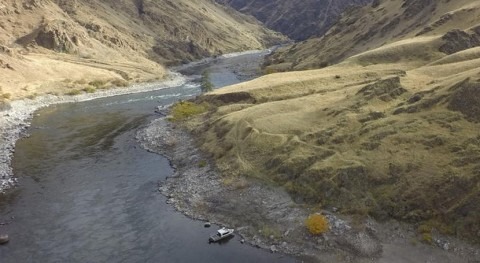A study performed by the U.S. Geological Survey (USGS) as part of a State Water Resources Control Board program that monitors regional groundwater quality in oil production areas has revealed higher than normal salinity levels in groundwater near three oil fields in western Kern County.
The results of the study released this month in a technical publication of the American Association of Petroleum Geologists, showed increased salinity above natural levels in groundwater near current and historic oilfield produced-water disposal areas in the Lost Hills, North Belridge, and South Belridge oil fields.
“These regional monitoring findings are essential in helping us gain a better understanding of how groundwater could be affected in areas of oil and gas production,” said Jonathan Bishop, Chief Deputy Director of the State Water Board. “This study provides us new information that the agencies will use to evaluate if additional groundwater investigations are warranted.”
"This is the first time in this study we’ve seen direct evidence of disposed water migrating outwards from oilfield underground injection disposal wells in California"
Based on data collected from oil production wells, underground injection wells, and groundwater monitoring wells, the study found that the salinity increases are related to the mixing of native groundwater with saline oilfield produced-water discharged to surface disposal ponds and underground injection wells.
While the groundwater near these oil fields currently is not a source of drinking water because it is naturally brackish (salty), some farmers use it for irrigation.
"This is the first time in this study we’ve seen direct evidence of disposed water migrating outwards from oilfield underground injection disposal wells in California,” says USGS geologist and study author Janice Gillespie. “Mapping the natural groundwater salinity near the injection sites was the key to figuring out where changes had occurred."
The USGS initiated the mapping in 2016 to document the salinity gradients within the aquifer system and record changes near produced water disposal ponds and injection wells. The USGS is conducting this research under contract with State Water Board, in accordance with Senate Bill 4 (Pavley, 2013), which requires the Board to develop and implement a regional groundwater monitoring program.
A follow-up publication is expected to be released in 2020 and will address salinity in shallow groundwater near oil fields and agricultural areas using different methods. The publication can be found through USGS study publication (AAPG Environmental Geosciences, v. 26, no. 3, pp. 1–23).


